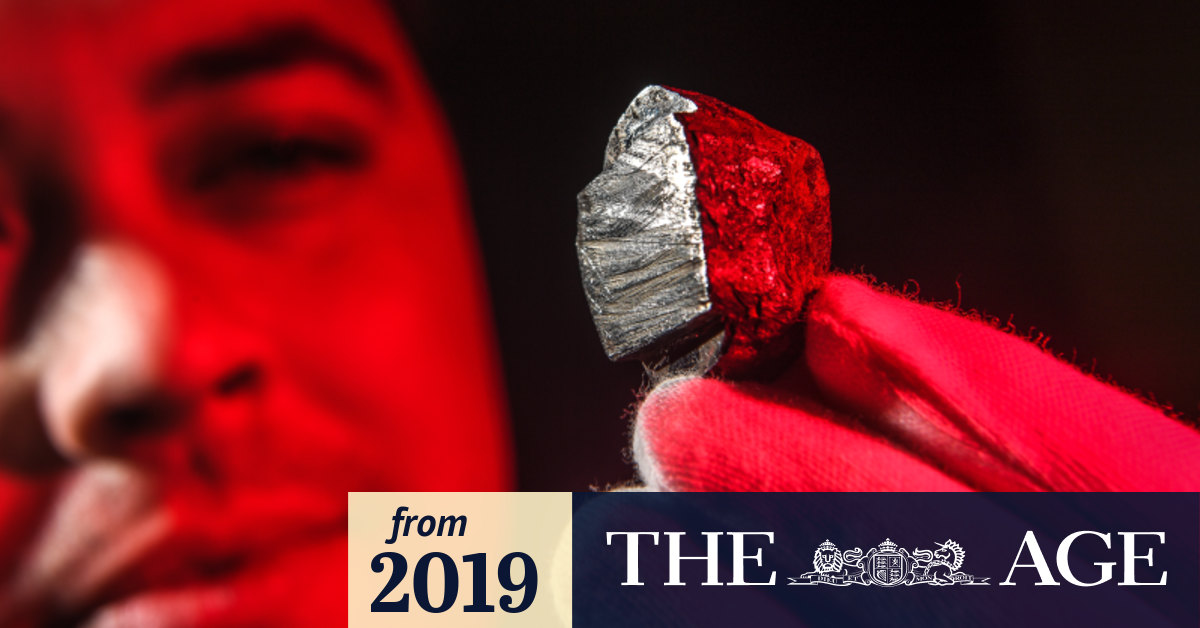Nifty, thanks for sharing! I would note, though, that the article's summary of how the meteorite likely formed is simplified to the point of being misleading. Which is too bad, because the actual science here is pretty cool.
For a long time it's been clear that the early solar system featured a significant number of bodies that had melted sufficiently to form metal cores and metal-poor mantles - i.e. they had
differentiated. But until relatively recently it was a bit of a mystery how this could be, since known sources of heat - impact melting, uranium and potassium isotopes - implied a huge number of Moon-to-Mars sized bodies that aren't really consistent with the evidence. With modern isotopic techniques it was shown that the early solar system had a rather high abundance of Al-26. Because this isotope has a half-life of less than a million years, it decays rapidly (on geological timescales, anyway) and because aluminum is a component of many early-forming rocky minerals, it made an efficient source of internal heating for the early protoplanets, and allowed objects only a few hundred km across to melt and form metallic cores.
The problem, though, is that short half-life means the Al-26 couldn't have just been a free-floating component of the pre-solar nebula. It would have decayed away. So that was one of the first pieces of evidence that the formation of our solar system was possibly triggered by a nearby supernova - chemical evidence that the nebula was "seeded" with short-lived isotopes that could only have been made recently.
Now metallic meteorites are relatively rare today because most of the bodies that got large enough to differentiate would have ended up colliding and merging with the early planets, and in the few that survive the metallic core is still safely buried. 16 Psyche is a possible source for some of them - it's the largest of the metallic asteroids, and seems to be made almost entirely of iron-nickel, making it almost surely the remnant iron core of a larger ancient parent body.
It more likely came from planet earth!!
An explanation for a meteorite to return back to earth is based upon a eruption of such immense magnitude spat many rocks from the earths core, and upon a natural unhindered path of orbital gravity surrounding the planets in our solar system... it returns back as the rock which travelled over many many years(only a small amount of rocks would return back to earth.. others still floating into the void)
LOL. No.

